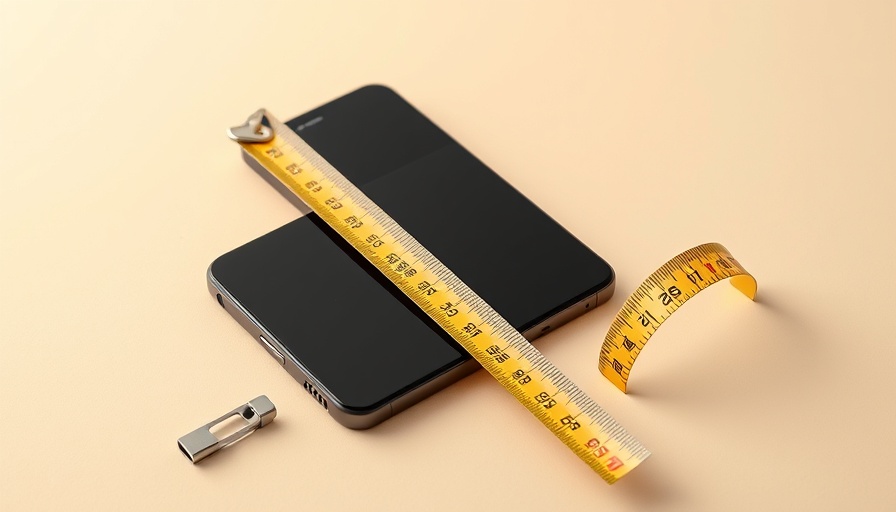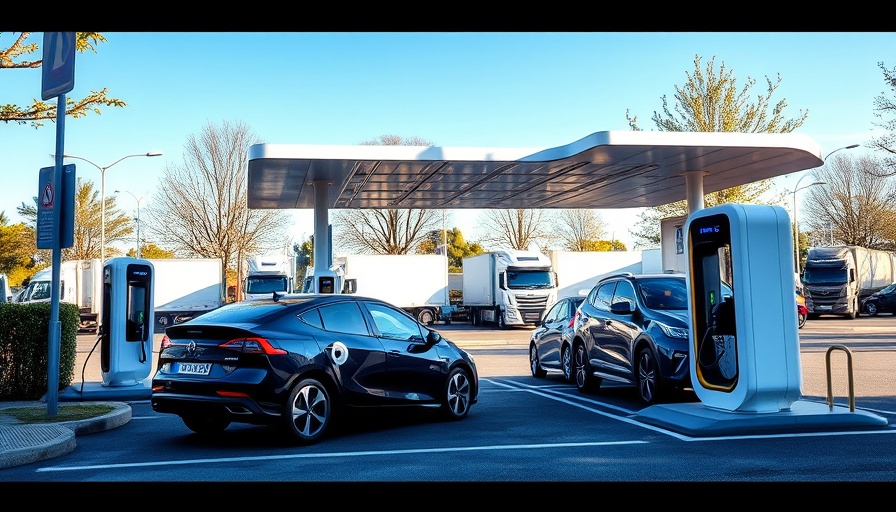
The Quest for Safe Roads: Understanding America's Driving Landscape
As we enter 2025, driving safety remains a critical concern for Americans. Allstate’s latest analysis of auto insurance claims reveals the safest and riskiest cities to navigate, shedding light on where drivers might want to tread carefully or cruise with confidence. Driving safety affects not just individual travelers but the community as a whole, involving factors such as road infrastructure and driver behavior.
Celebrating the Safest Cities: Where to Drive with Confidence
Among the top ten safest cities to drive in are Brownsville, TX; Boise, ID; and Fort Collins, CO. These cities have recorded the fewest auto insurance claims, suggesting that motorists can generally expect a more secure driving experience. For residents and visitors alike, these areas embody tranquility on the roads, making them ideal for leisure drives and commutes alike.
Dangerous Roads: Unpacking the Riskiest Driving Cities
On the flip side, cities like Boston, MA, and Los Angeles, CA, are ranked among the most dangerous to drive in. High traffic congestion is a common thread among these cities, increasing the likelihood of accidents. While the environments in these urban areas are vibrant and full of life, drivers must adopt defensive driving techniques to navigate safely through bustling roads.
Beyond the Numbers: Understanding the Limitations
Allstate's report is based on auto insurance claim data, which does not encompass every possible accident. This limitation implies that there may be incidents that remain unreported. Furthermore, this data considers only the most populous cities, which might skew the perception of safety based on the sheer number of vehicles on the road.
Preparing for the Road: Practical Driving Tips for Travelers
Regardless of where you are driving, there are essential defensive driving techniques every motorist should adopt. Keep a safe distance from other vehicles, avoid distractions (like mobile phones), and ensure your vehicle is well-maintained. Becoming proactive about safety can make a significant difference in overall driving experiences.
Beyond Safety: The Broader Impact of Driving Habits
The conditions of America's roads reflect more than just driving statistics; they mirror the communities and their lifestyles. For instance, cities known for high traffic may also struggle with air quality, linking driving habits to environmental health. Understanding where and how we drive can open discussions on improving urban traffic strategies and sustainable living.
Conclusion: Prioritize Your Journey
As drivers, we each have a role to play in making our roads safer. Whether you are in a city known for smooth driving or a busy metropolitan area, practicing safe driving habits can significantly reduce the risks associated with hitting the road. Take charge of your driving experience, and encourage others to do the same.



Write A Comment